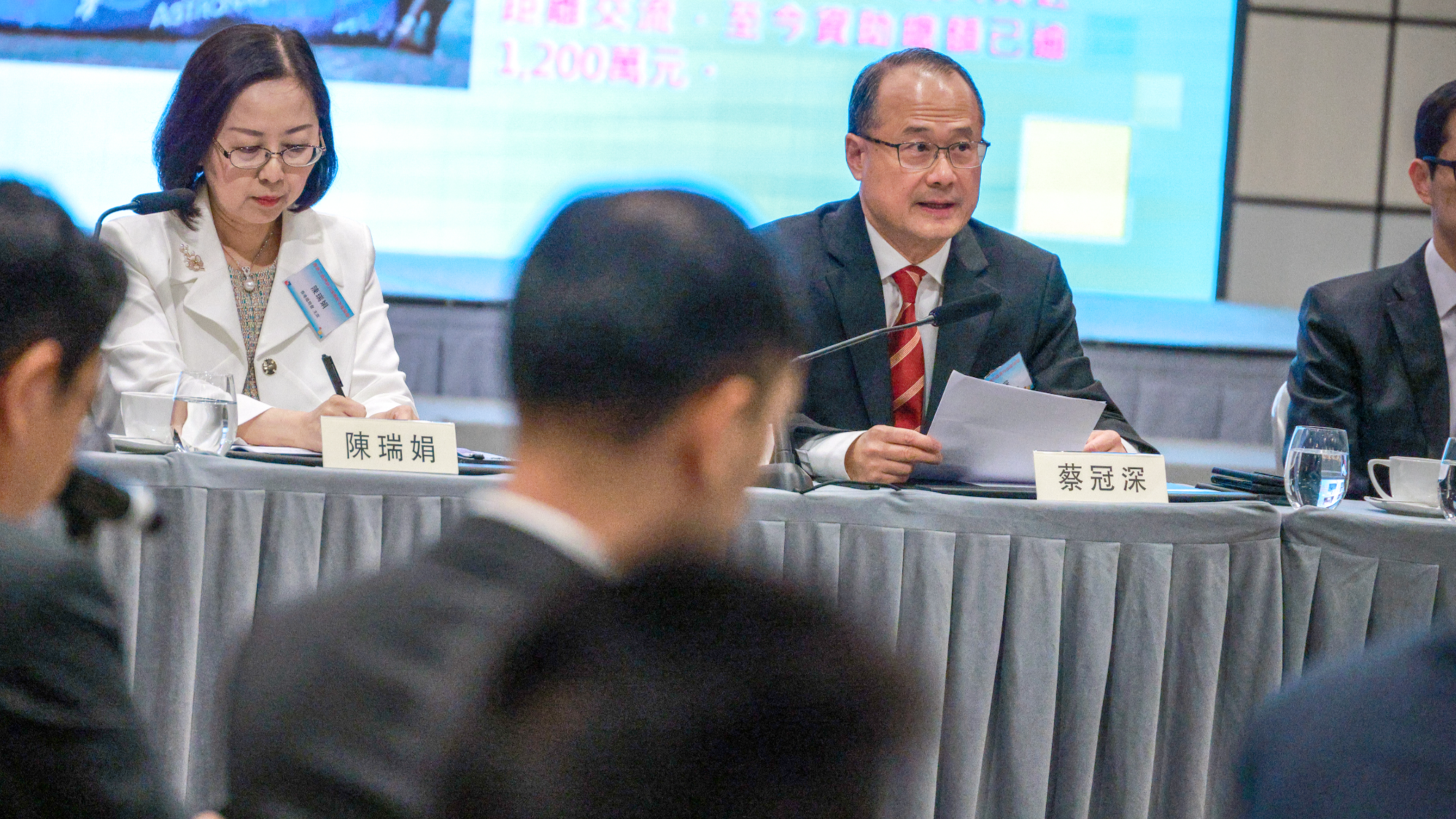
The growing demands for green transformation and trade services in Southeast Asian countries have generated a wave of opportunities for Hong Kong enterprises exploring new markets, business leaders said.
Jonathan Choi Koon-shum, chairman of the Chinese General Chamber of Commerce, Hong Kong, expressed optimism about the economic outlook for the Association of Southeast Asian Nations. He anticipates a growing need for Hong Kong’s capital and professional services within the 10-member group.
READ MORE: ASEAN's tech-savvy young people a 'huge asset to SAR's IT firms
Choi’s family has been doing business in Southeast Asia, particularly Vietnam, since the 1970s. This week, he will join a delegation led by Hong Kong Chief Executive John Lee Ka-chiu to Vietnam. Lee will also visit Laos and Cambodia.
Choi has observed ASEAN’s economic shift from traditional manufacturing industries, such as textiles and garments, to high-end sectors like electric vehicles and renewable energy.
During a news conference, he used Cambodia as an example of ASEAN’s emerging economies. The country has a large young population, open-minded policymakers, and ambitious development plans, he said.
Infrastructure has also been mushrooming in Cambodia with foreign investment. For instance, the 187-kilometer highway linking its capital, Phnom Penh, to its largest seaport, Sihanoukville, jointly built by China and Cambodia, has shortened travel time between the two cities from over 10 hours to just two.
To reduce dependence on labor-intensive manufacturing, the Cambodian government is keen to attract foreign investment in green energy, EVs and energy-storage applications — a perfect match with the strengths of the Guangdong-Hong Kong-Macao Greater Bay Area.
Chiu suggested that Hong Kong team up with GBA partners to meet these needs, leveraging the city’s robust financial, accountant, and other professional services.
For landlocked Laos, Choi said that the 414-kilometer China-Laos Railway, connecting Laotian capital, Vientiane, with Southwest China’s Yunnan province, has created a direct exporting express for the country’s produce, such as coffee beans and bananas.
As of Dec 3, 2023, the second anniversary of the rail operation, the railway had transported over 29.1 million metric tons of cargo, including 6 million tons across the China-Laos border.
Choi said the freight service on the railway will soon be extended to Thailand’s rail network, and, in the long run, to Malaysia, fostering greater trade exchanges between ASEAN and China’s southwestern regions and benefiting Hong Kong traders.
In a separate news conference, Wingco Lo Kam-wing, president of the Chinese Manufacturers’ Association of Hong Kong and a delegate to ASEAN, highlighted the region’s rising demand for clean energy and tech-intensive manufacturing, particularly in Vietnam.
He said he believes that Hong Kong’s expertise in finance, trade and ESG (environment, social and governance) services can help ASEAN countries amid their economic transformation.
ALSO READ: HKTDC: Hong Kong poised to be key trade bridge
Lo said that manufacturing ventures in ASEAN remain viable. More CMA member companies have invested in building up factories in ASEAN, mainly in the fields of textiles and garments, traditional Chinese medicine manufacturing, electronics, metal molds, paper packaging, and food manufacturing.
The veteran businessman said the developing status of some ASEAN countries is, to some extent, an advantage, such as their relatively low labor and land costs.
Laos and Cambodia are categorized by the United Nations as “least-developed countries”. This means that products made in those countries can enter markets in Japan, the United States and Europe under low or zero tariffs, a huge benefit for foreign investors, he added.
Choi and Lo expressed their hope to meet more ASEAN partners during the upcoming trip, saying they believe the visit will foster a stronger connection between Hong Kong and Southeast Asian countries in various fields and promote the city’s advantages.


